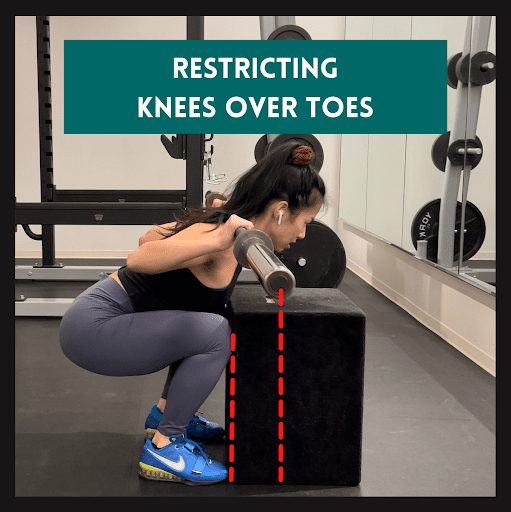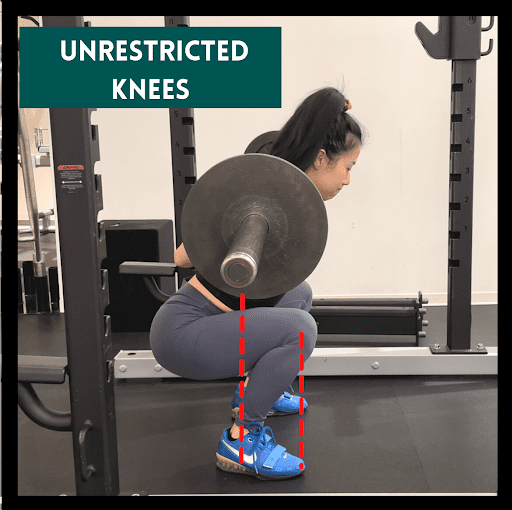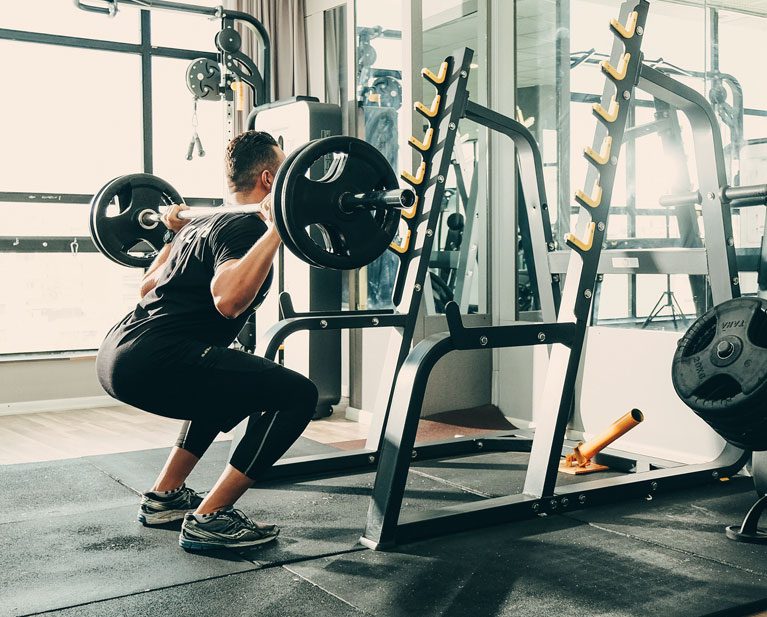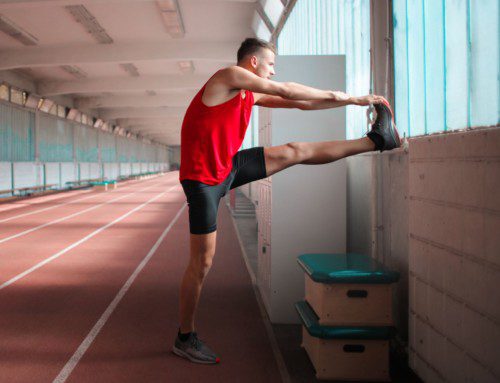We've heard it before from healthcare providers, friends, family, other patients, etc. that squatting with your knees over your toes is bad for your knee joints. This is a misconception that has been told with the intention to decrease pain or injury in the knees. However, functionally, we experience our knees going over our toes daily, such as going downstairs or lunging down to get on the ground, working on our gardens, etc.

Fry et al. conducted a study comparing forces in the knee and hip joints during an unrestricted squat (squats allowing the knees to go over the toes) and a restricted squat (squats not over the toes). They found that restricting the knees from going over the toes during a squat decreases the stress in the knee joints by 22% [1]. However, it also caused forces in the hip joints to increase by 1070% [1].
This means that the hip joints have to put in 1070% more work when you limit the forward translation of the knees during a back squat just to decrease the forces on the knee joints by such a small percentage. In addition, this can result in more stress in the lower back as the body has to compensate in order to distribute the torque efficiently.
Here is an example of me performing a back squat with knees restricted vs. unrestricted.
In the first photo, you can see that my trunk is translating a lot more forward than the second photo to compensate for the restriction in my knees. Also, in the restricted squat, the bar is quite forward compared to my base of support. Ideally, we want the bar path to be as close to the mid-foot as possible. In the second photo, we can see a less-forward bar path when the knees are able to travel forward naturally.


The Main Takeaway
- The squat is a compound exercise. This means that it is meant to work multiple joints and muscle groups simultaneously. We want to make sure we're loading all the involved joints appropriately and safely when performing compound exercises. When restricting forward knee translation during the squat, we increase the stress in the hip joints and, most likely, the joints in the lower back.
- Therefore, the answer is: YES! It's okay for the knees to go over your toes when you're performing a back squat. Of course, there are some "it depends" scenarios such as injuries, proper form, mechanics, etc. But in a pain-free knee, squatting with knees over toes is safe!
One of our goals here at SetPT is to make sure you are able to stay active and keep up with your fitness hobbies injury and pain-free. If you are having trouble with squatting or want to learn more about proper squatting techniques, feel free to contact us to get in touch with one of our physical therapists today!
Source:
- FRY, A. C., Smith, J. C., & SCHILLING, B. K. (2003). Effect of Knee Position on Hip and Knee Torques During the Barbell Squat. Journal of Strength and Conditioning Research, 17(4), 629–633. https://doi.org/10.1519/00124278-200311000-00001





